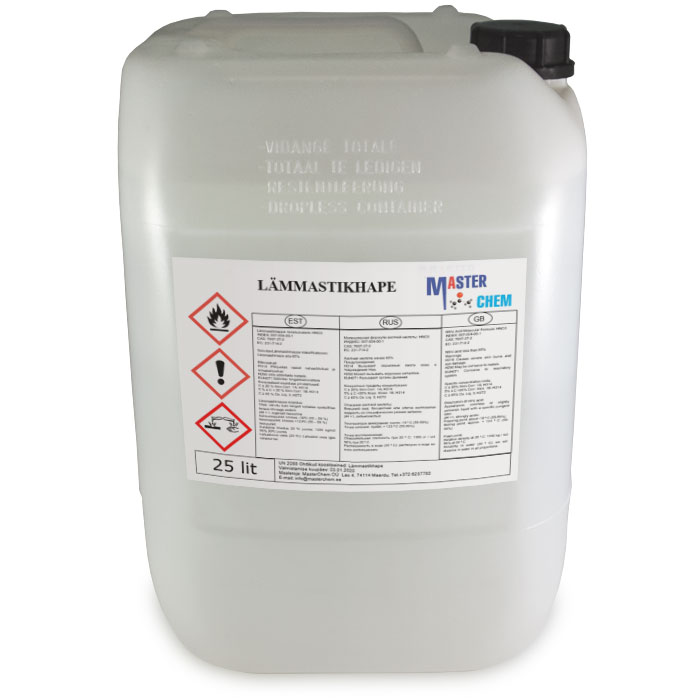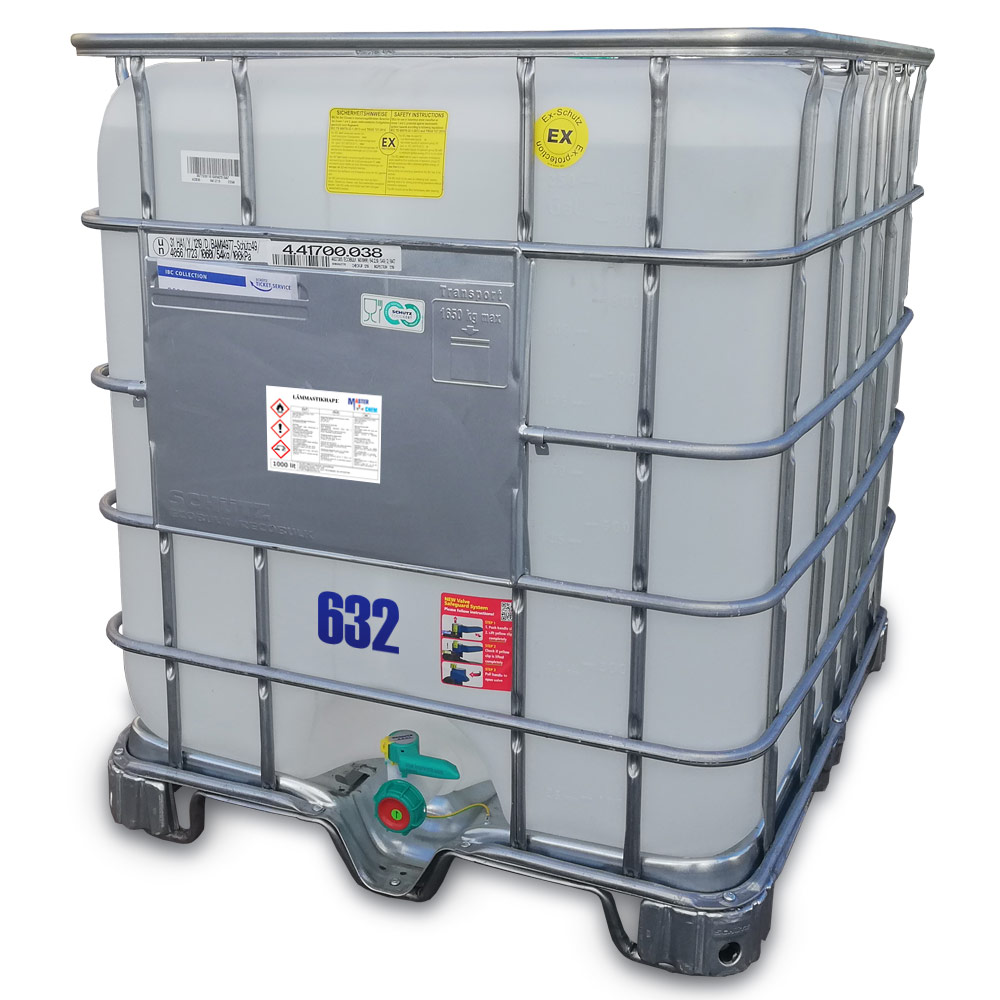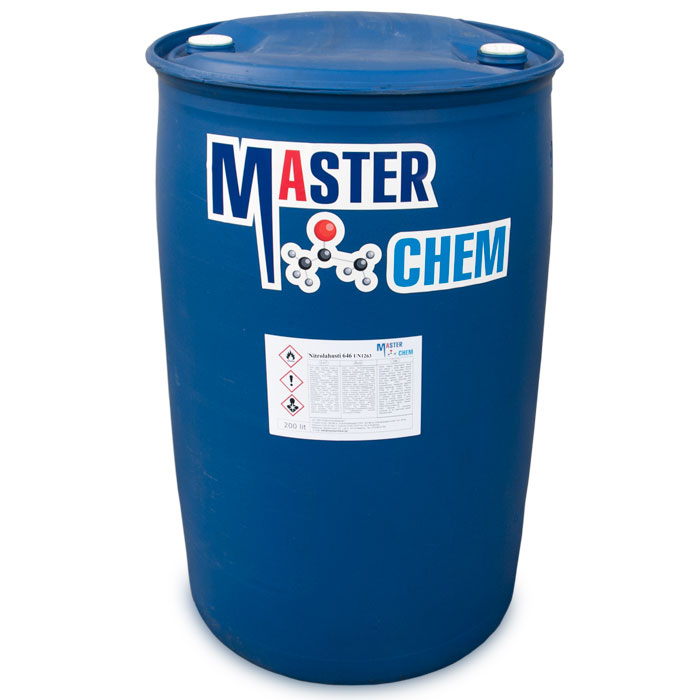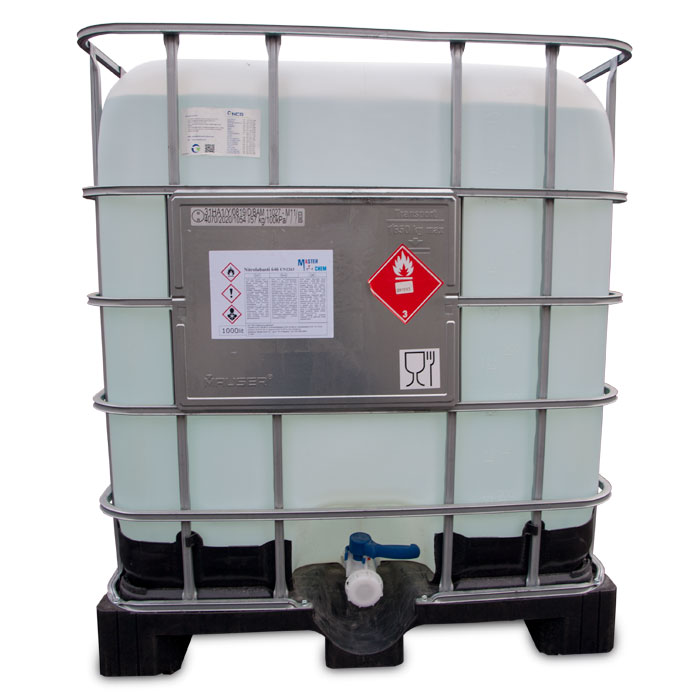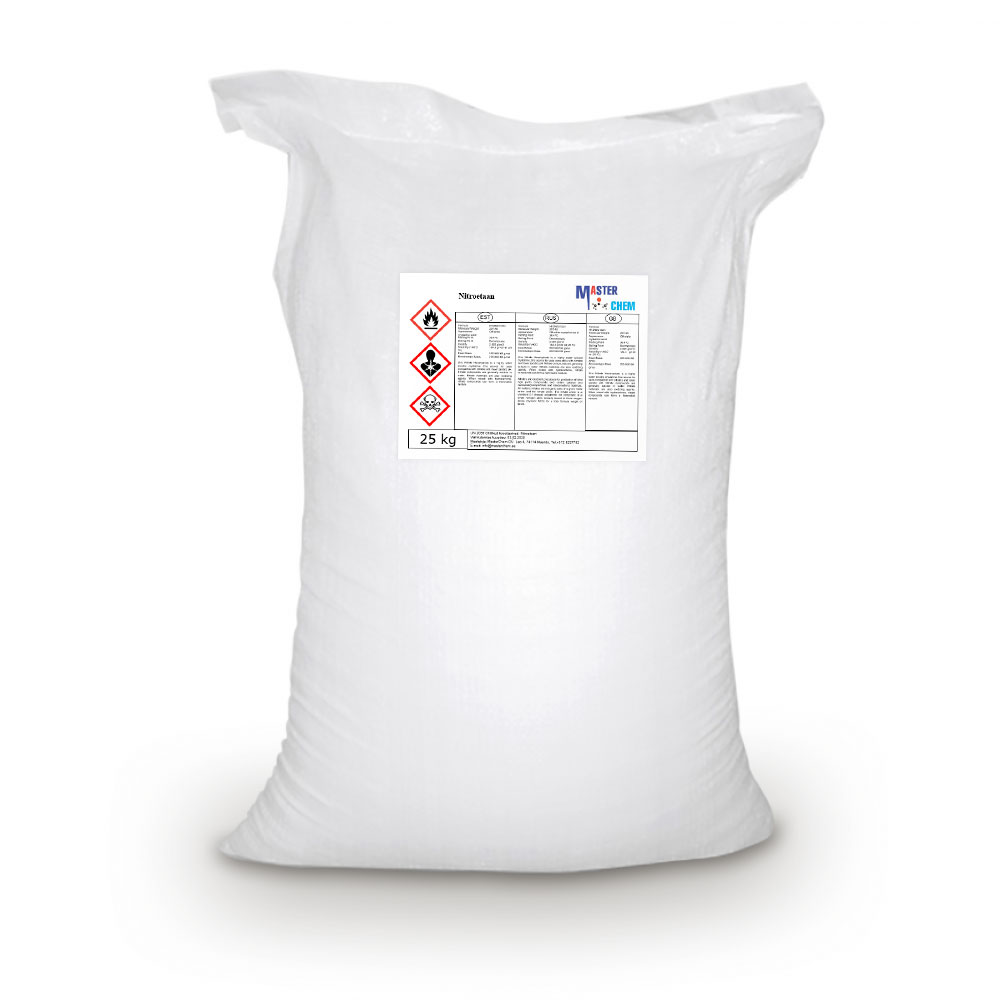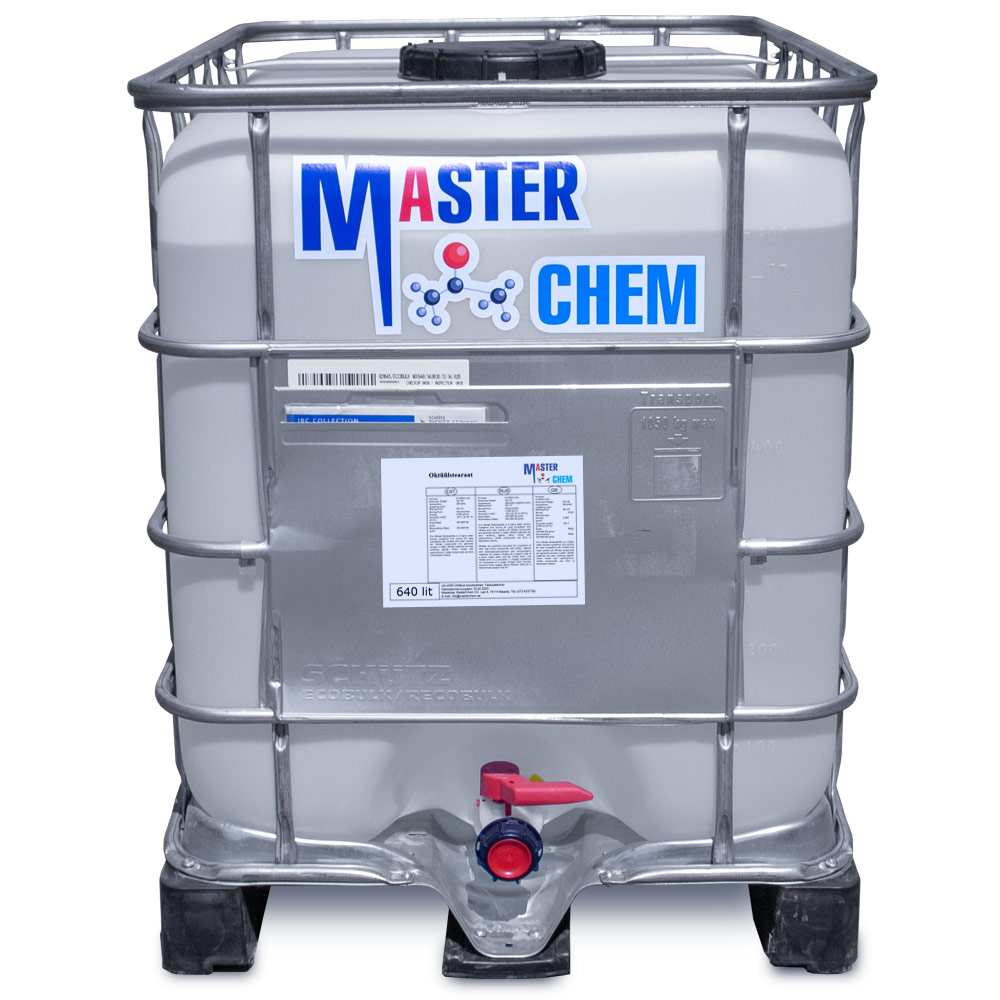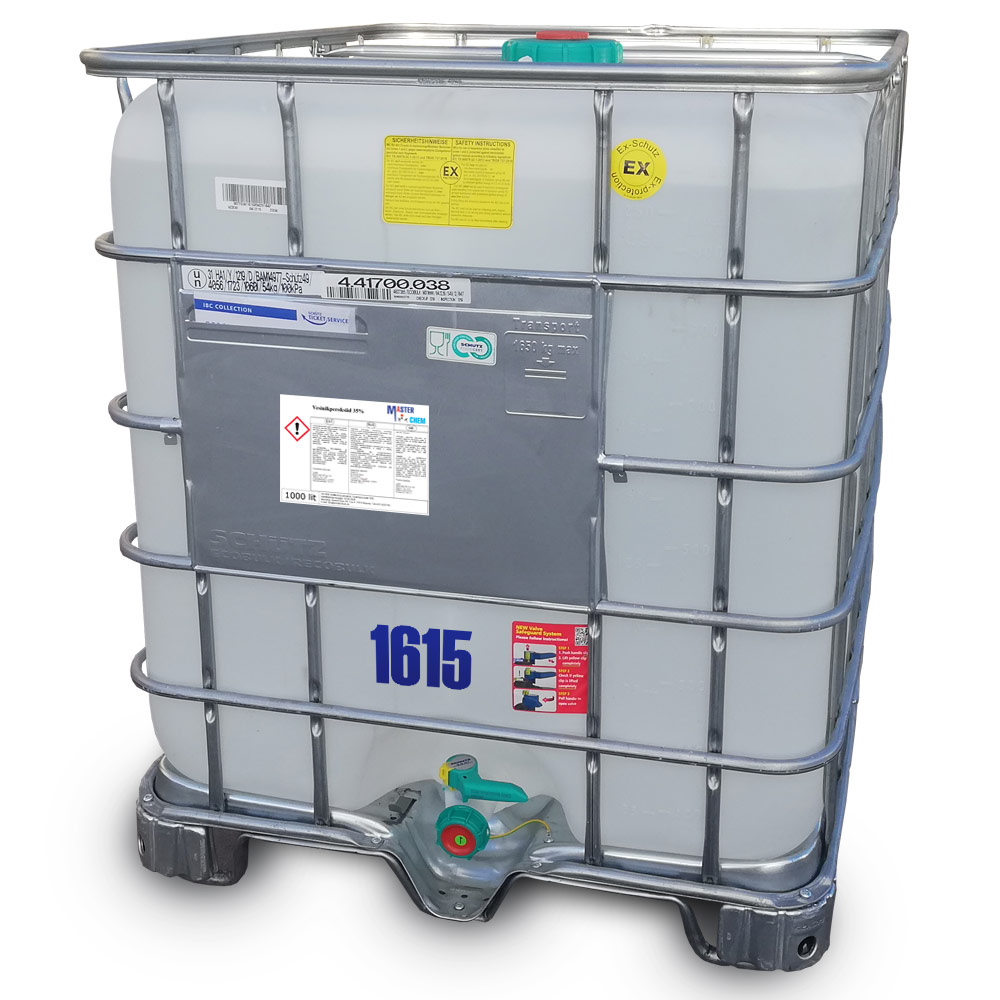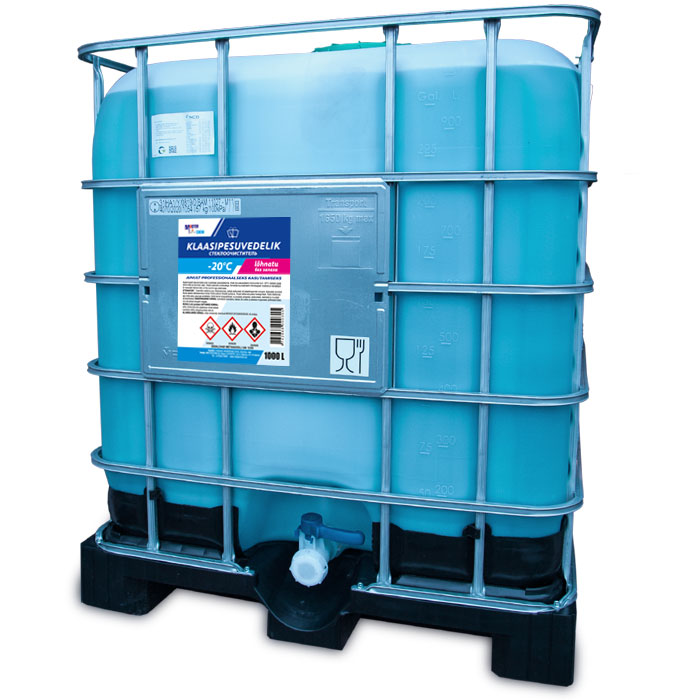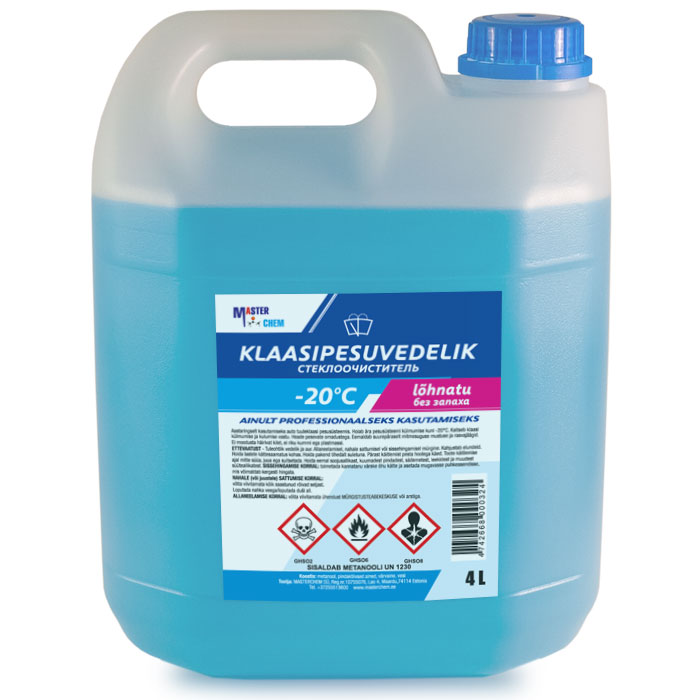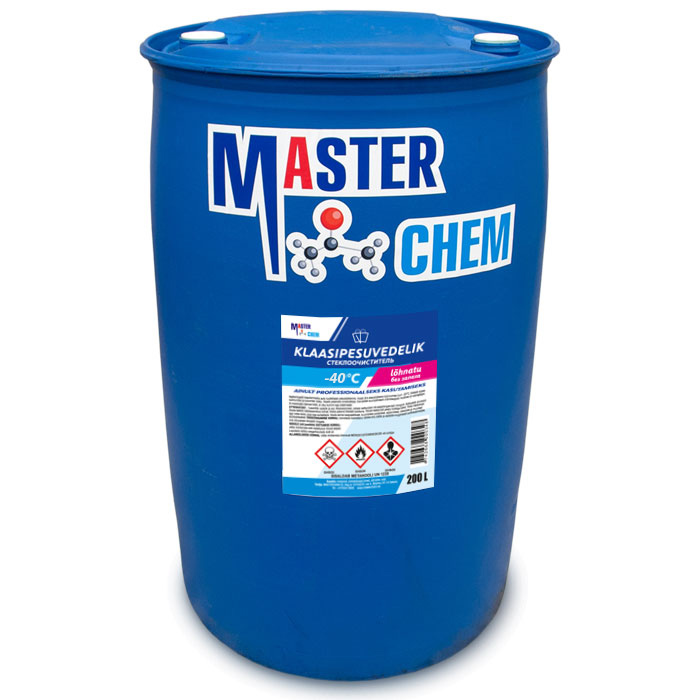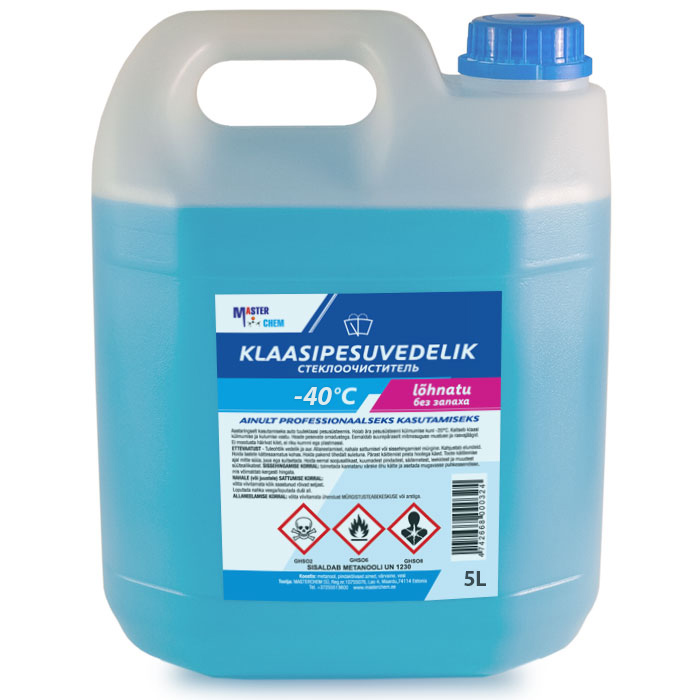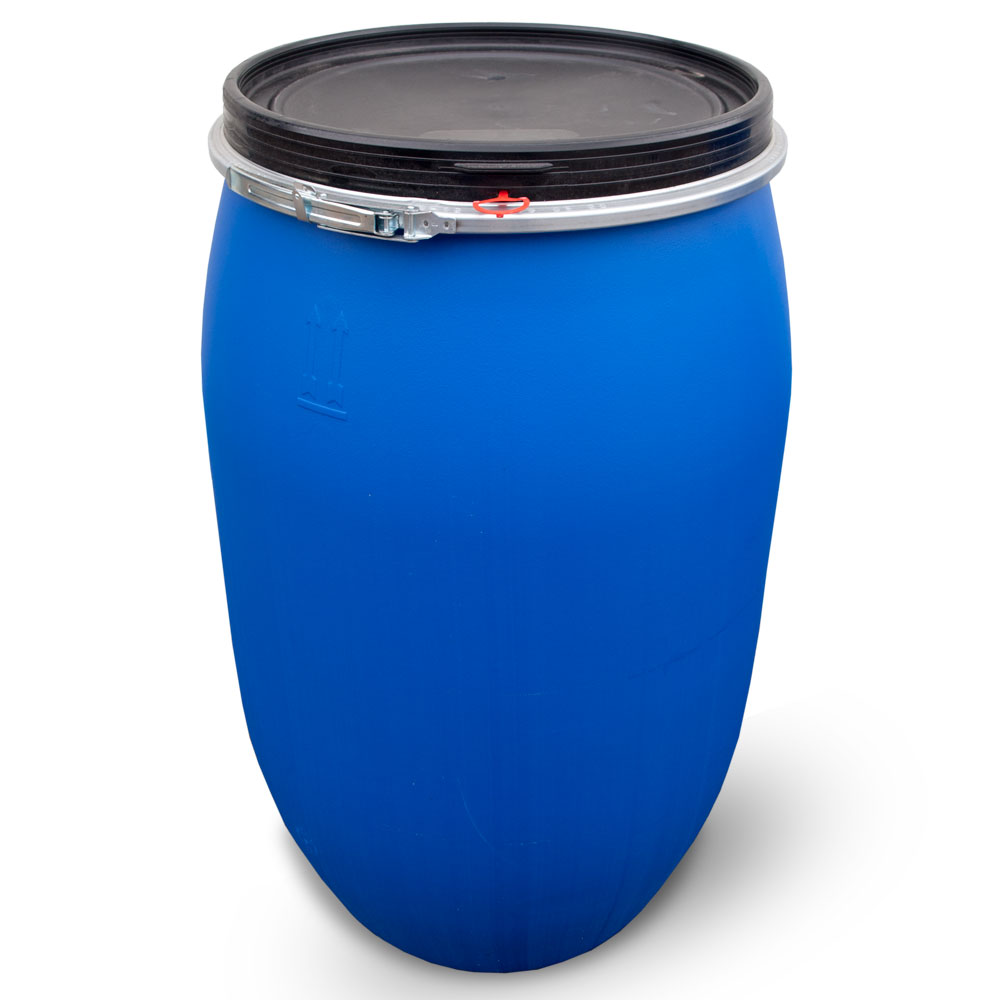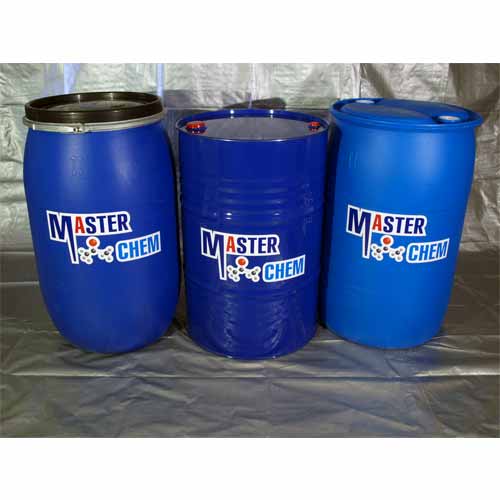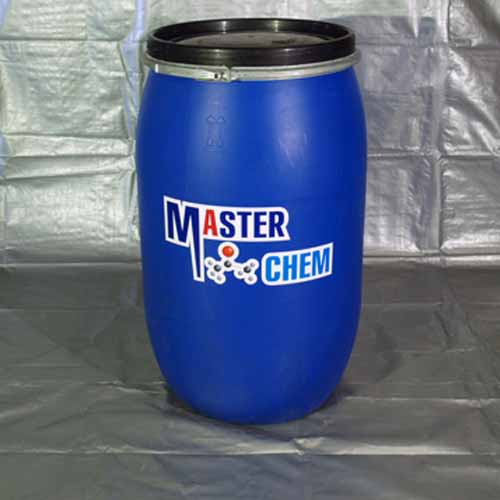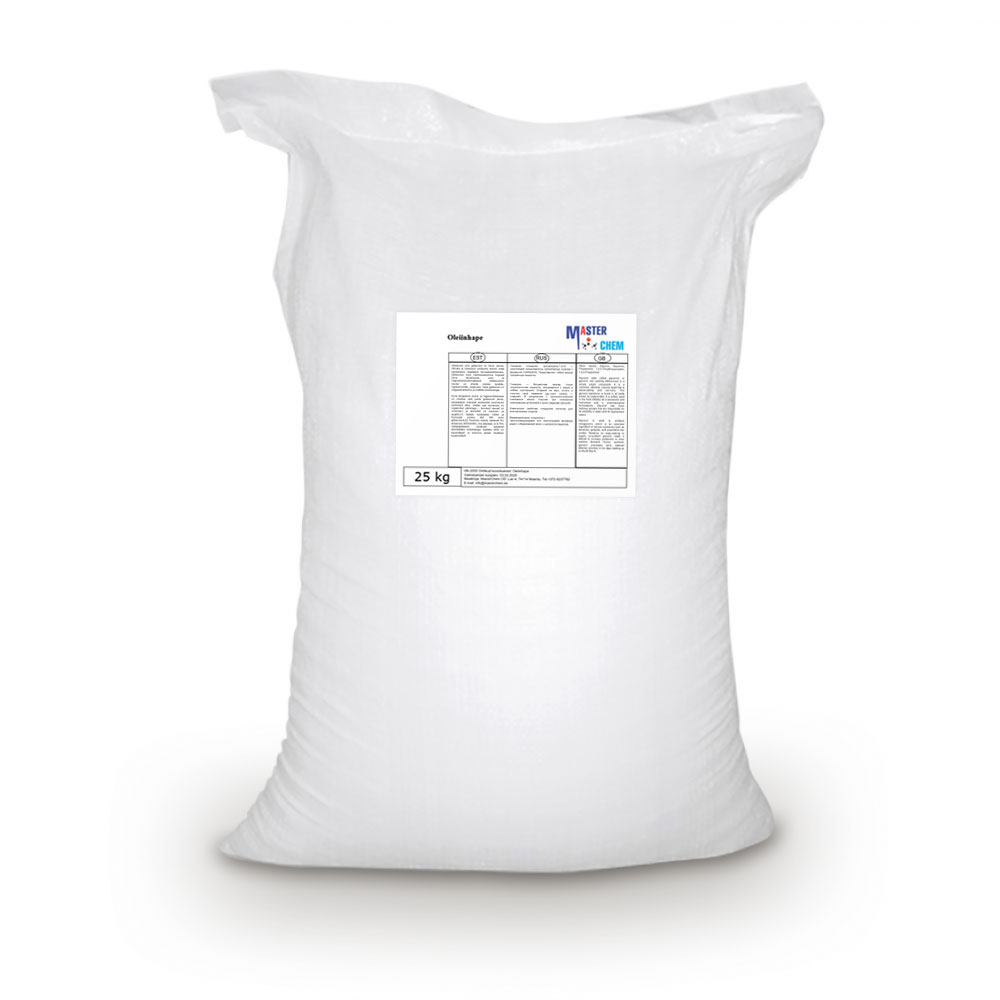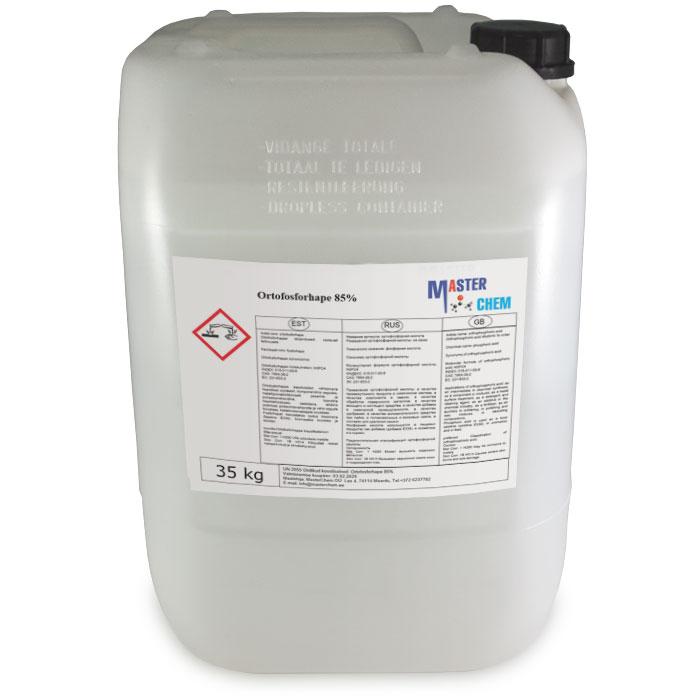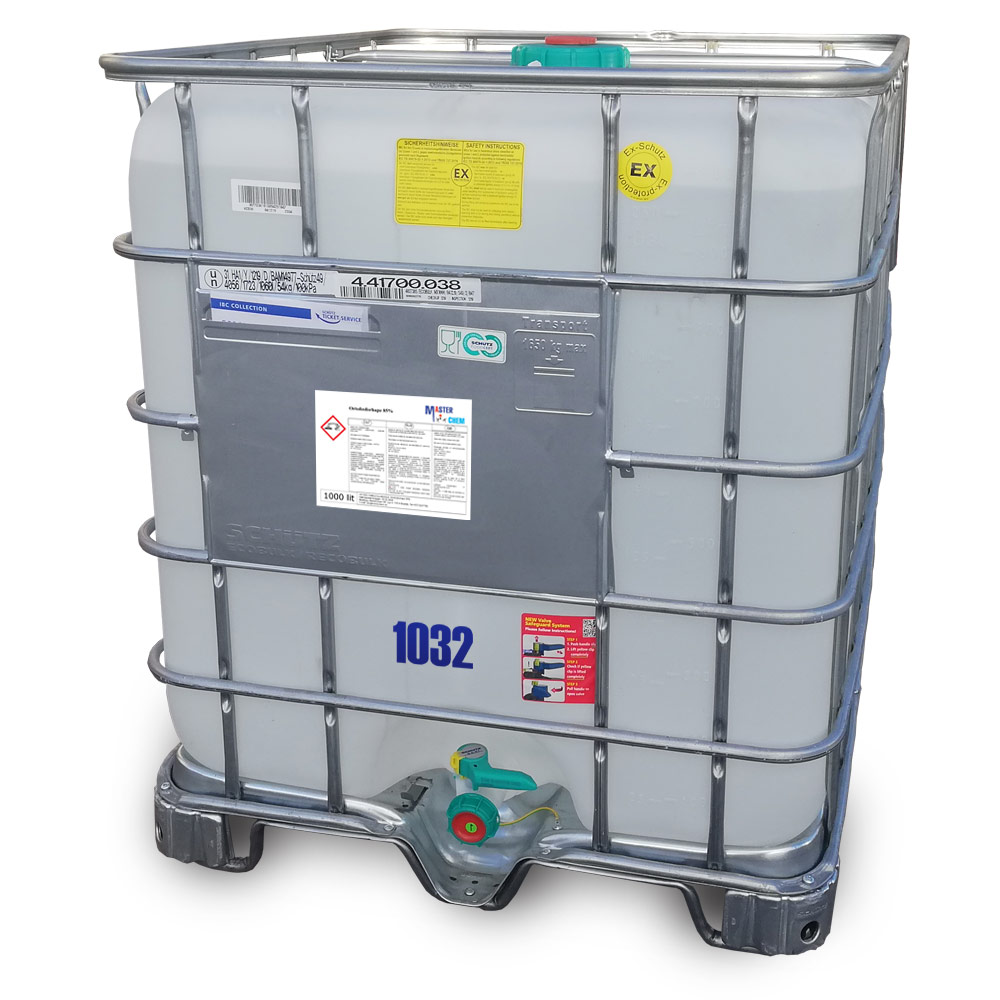Currently Empty: €0.00
Nitroethane (CAS 79-24-3)
Nitroethane (CAS 79-24-3)
Nitroethane is an organic compound having the chemical formula C2H5NO2. Similar in many regards to nitromethane, nitroethane is an oily liquid at standard temperature and pressure. Pure nitroethane is colorless and has a fruity odor.
Via condensations like the Henry reaction, nitroethane converts to several compounds of commercial interest. Condensation with 3,4-dimethoxybenzaldehyde affords the precursor to the antihypertensive drug methyldopa; condensation with unsubstituted benzaldehyde yields phenyl-2-nitropropene. Nitroethane condenses with two equivalents of formaldehyde to give, after hydrogenation, 2-amino-2-methyl-1,3-propanediol, which in turn condenses with oleic acid to give an oxazoline, which protonates to give a cationic surfactant.
Octyl stearate (CAS 22047-49-0)
Octyl stearate (CAS 22047-49-0)
Emollient; Superfatting oil; EP agent; Lubricant for PVC, textile spin finishes, metalworking; plasticizer/solvent for paper coatings, metalworking fluids; emollient, moisturizer, lubricant, spreading agent, detackifier, solubilizer, gloss agent, pigment wetting agent/dispersant for cosmetics, pharmaceutical topicals
Odorless winter windshield washer fluid -20°C
Odorless winter windshield washer fluid -20°C
For professional use only!
For year-round use in a car windshield washer system. Prevents the washing system from freezing down to -20 ° C. Protects glass from freezing and wear. With good washing properties. Excellent removal of various dirt and grease residues. Does not form a disturbing film, does not damage rubber or plastic.
Odorless winter windshield washer fluid -40°C
Odorless winter windshield washer fluid -40°C
For professional use only!
For year-round use in a car windshield washer system. Prevents the washing system from freezing down to -40 ° C. Protects glass from freezing and wear. With good washing properties. Excellent removal of various dirt and grease residues. Does not form a disturbing film, does not damage rubber or plastic.
OH O Top plastic can 220L 200 lit
OH O Top plastic can 220L 200 lit. It is blow-moulded from high molecular weight high-density polyethylene in one operation. There is no risk of product contamination, even under extreme climatic conditions.
OH O Top plastic can 220L 200 lit (previously used)
OH O Top plastic can 220L 200 lit. It is blow-moulded from high molecular weight high-density polyethylene in one operation. There is no risk of product contamination, even under extreme climatic conditions. Previously used.
Oiled sulfur (CAS 7704-34-9)
Oiled sulfur (CAS 7704-34-9)
Sulfur (in British English: sulphur) is a chemical element with the symbol S and atomic number 16. It is abundant, multivalent and nonmetallic. Under normal conditions, sulfur atoms form cyclic octatomic molecules with a chemical formula S8. Elemental sulfur is a bright yellow, crystalline solid at room temperature.
Oleic acid (CAS 112-80-1)
Oleic acid (CAS 112-80-1)
Oleic acid is a fatty acid that occurs naturally in various animal and vegetable fats and oils. It is an odorless, colorless oil, although commercial samples may be yellowish. In chemical terms, oleic acid is classified as a monounsaturated omega-9 fatty acid, abbreviated with a lipid number of 18:1 cis-9. It has the formula CH3(CH2)7CH=CH(CH2)7COOH. The name derives from the Latin word oleum, which means oil. It is the most common fatty acid in nature. The salts and esters of oleic acid are called oleates.
Oxalic (ethanedioic) acid (CAS 144-62-7)
Oxalic (ethanedioic) acid) is a dibasic saturated carboxylic acid, which is a chemical substance in the form of colorless crystals, soluble in water, incompletely in diethyl and ethyl alcohol, insoluble in benzene, chloroform, petroleum ether.
Application
Oxalic acid and oxalates are used in the textile and leather industries.
metallurgical (for cleaning metals from scale, corrosion, rust, oxides);
chemical (in the manufacture of dyes, plastics, ink, pyrotechnics);
textile (as a mordant when dyeing wool and silk);
microscopy (for bleaching the sections);
agriculture (as an insecticide);
pharmacology;
woodworking;
cosmetology (as part of whitening creams, masks and serums);
analytical chemistry (for the precipitation of rare earth elements);
household chemicals (as a bleaching and disinfectant component of detergents).
In addition, the substance is used to create food additives and biologically active complexes (as a preservative)
CAS: 144-62-7

